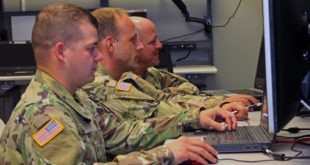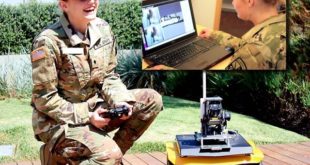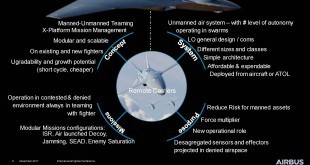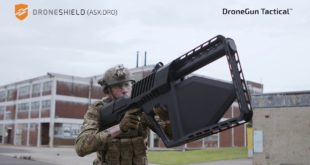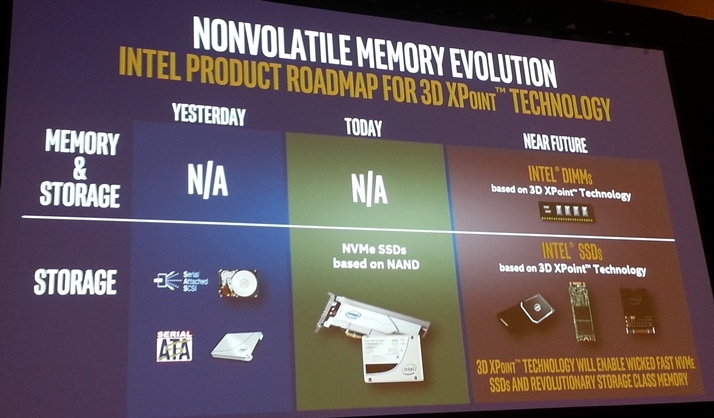The complexity of aerospace and defense software has grown manyfold. For example, the U.S. Air Force F-22 Raptor jet fighter, consists of about 1.7 million lines of software code, while the F-35 joint strike fighter has about 5.7 million lines of code to operate its onboard systems. Boeing’s new 787 …
Read More »Monthly Archives: January 2021
Hybrid Free Space Optics (FSO)/Radio Frequency (RF) communication systems can improve the performance of Free space optical communications
Free-space optical communication (FSO) is an optical communication technology that uses light propagating in free space to wirelessly transmit data for telecommunications or computer networking. “Free space” means air, outer space, vacuum, or something similar. FSO operates on the Line-of-Sight phenomenon, consisting of a LASER at source and detector at …
Read More »RF/Microwave Switching Technologies
One of the most common functions in all electronic circuitry is switching. Switching has a wide range of uses. Engineers in industries ranging from telecommunications to military/aerospace need high-performance RF/microwave switching as part of their test setups. An RF switch or microwave switch is a device to route high frequency …
Read More »Faraday rotator mirror
Michelson proposed an interferometric apparatus in 1890 following an earlier suggestion by Fizeau. The invention became the precursor of many important modern optic measurement techniques. The Michelson Interferometer, as it is called, is used to measure small optical path length changes. The classic Michelson Interferometer consists of two mirrors (one forming …
Read More »Hydrogen Fuel Cell propulsion technology for UAVs and Drones enable quiet, reliable, low-maintenance and long edurance missions operations
UAVs have evolved into increasingly capable platforms deployed for a wide variety of applications. The capability to fight effectively in urban areas against widely dispersed forces, while minimizing collateral damage and achieving information superiority has enabled the UAVs to play a greater role in critical missions. The UAVs have become one …
Read More »US Army’s JUDI is employing Conversational AI to imrpove soldier-robot interaction for Manned-unmanned teaming (MUM-T)
Since fully autonomous UAS are still far off, the US Army has developed concept of Manned-unmanned teaming (MUM-T) for operation in A2/AD environments. Through MUM-T operations they expect to combine the strengths of manned and unmanned platform to increase situational awareness, allowing the armed forces to conduct operations that include …
Read More »US Army developing Manned-Unmanned Teaming ( MUM-T ) technologies in multiple domains for operation in A2/AD environments
US military is facing increasingly Anti-access /Area denial environment, a set of overlapping military capabilities and operations designed to slow the deployment of U.S. forces to a region, reduce the tempo of those forces once there, and deny the freedom of action necessary to achieve military objectives . Unmanned Air …
Read More »US Army xTechSearch competitions developing innovative dual use technologies for next generation military systems
The 2015-2018 U.S. Department of Defense Agency Strategic Plan underscores the criticality of innovation in its strategic goal to “achieve dominant capabilities through innovation, technical excellence, and defense institutional reform.” Echoing this priority, Department of Defense (DoD) leaders frequently point to accelerated innovation across the department as critical to putting …
Read More »DARPA thrust in Terahertz electronics for future military wireless and sensing
The terahertz (THz) frequency band is a fascinating and relatively unexplored part of the larger electromagnetic spectrum (EMS). The terahertz frequency range, lying between electronics and optics (300 to 3000 gigahertz frequencies), can be disruptive force in sectors as diverse as from medical imaging, biological research, pharmaceutical monitoring, manufacturing and quality …
Read More »Memory breakthroughs promise single atom memory, speed of light computing, terabyte smartphones and instant-start computers
The explosion of connected devices and digital services is generating massive amounts of new data. Digital world is growing exponentially from 4.4 zettabytes (10 21 or 1 sextillion bytes) of digital data created in 2013 to an expected 44 zettabytes by 2024. To make this data useful, it must be …
Read More » International Defense Security & Technology Your trusted Source for News, Research and Analysis
International Defense Security & Technology Your trusted Source for News, Research and Analysis
